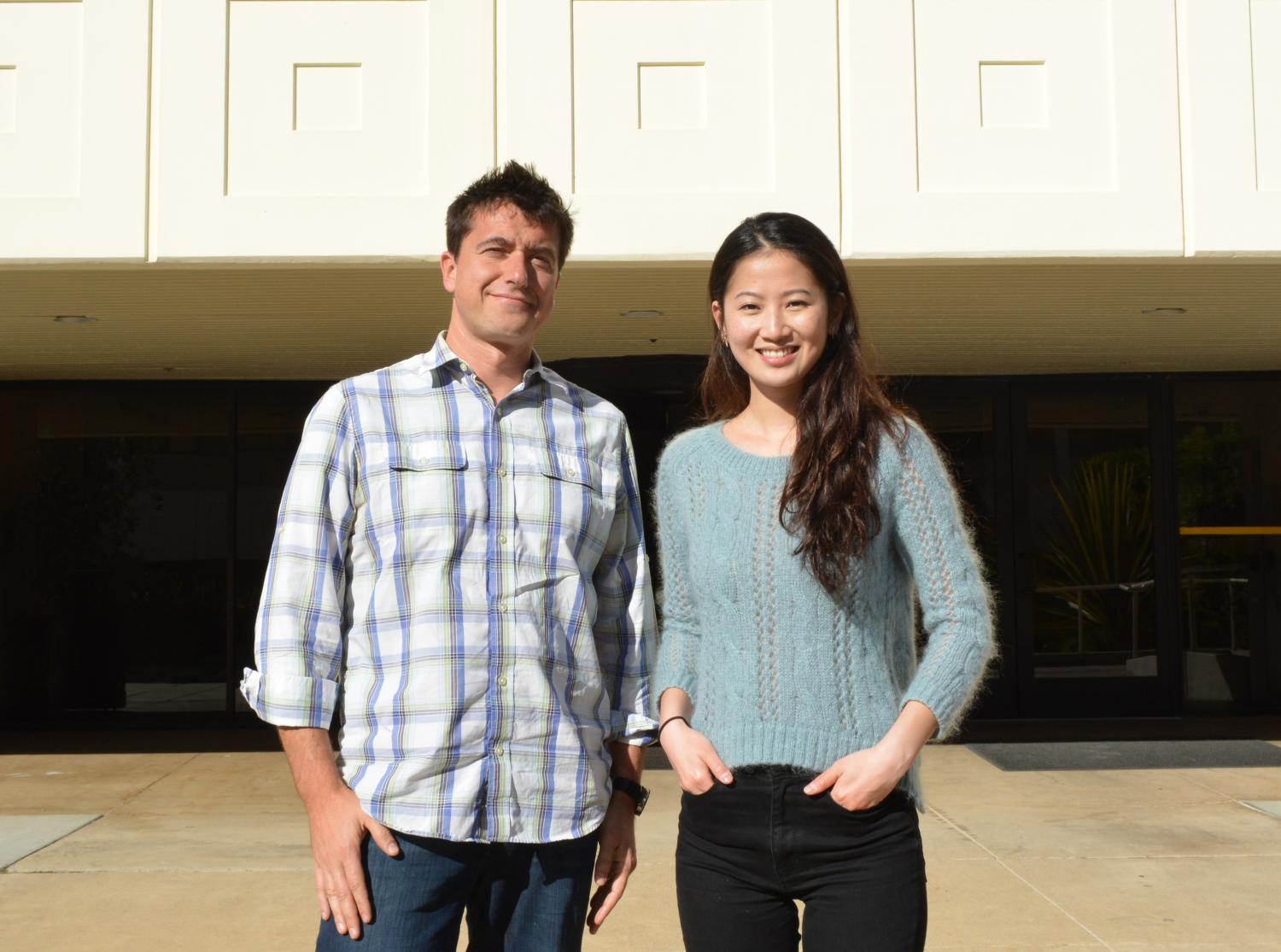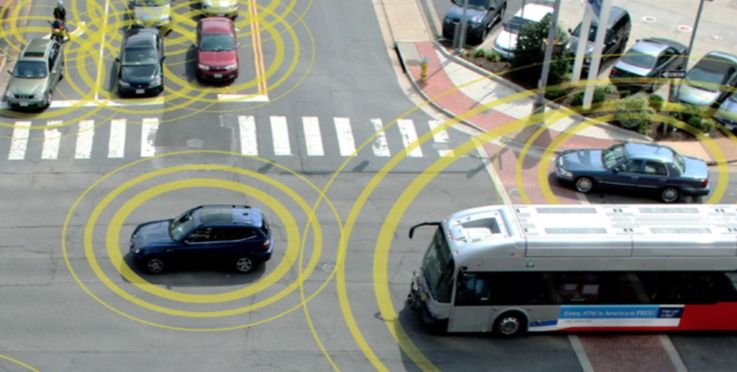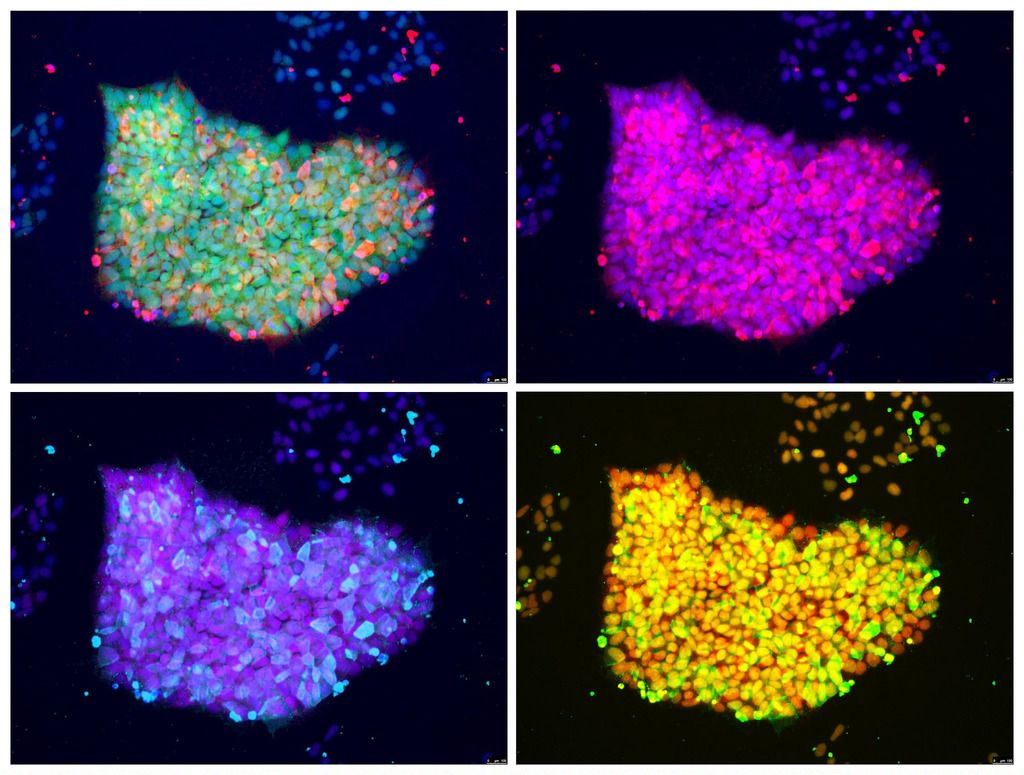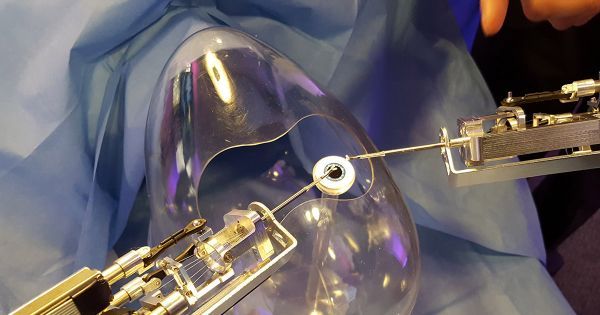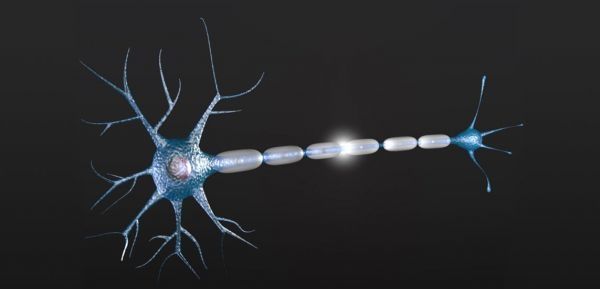Jan 12, 2017
Is An Anti-Aging Serum In Your Future? Science-Backed Therapy Targeting Senescent Cells May Be The Answer
Posted by Steve Hill in categories: biotech/medical, life extension, science
Senolytics to remove senescent cells will deliver the first “repair” based approach to treat the aging process. This is the arrival of true rejuvenation biotechnology in the SENS model of damage repair.
Senescent cell removal with companies such as Unity, entering human clinical trials in the next 18 months will deliver the first true damage repair rejuevenation biotechnology. This will be the first “repair” approach to the aging process and one the SENS Research Foundation has been advocating for over a decade.
#aging #crowdfundthecure


